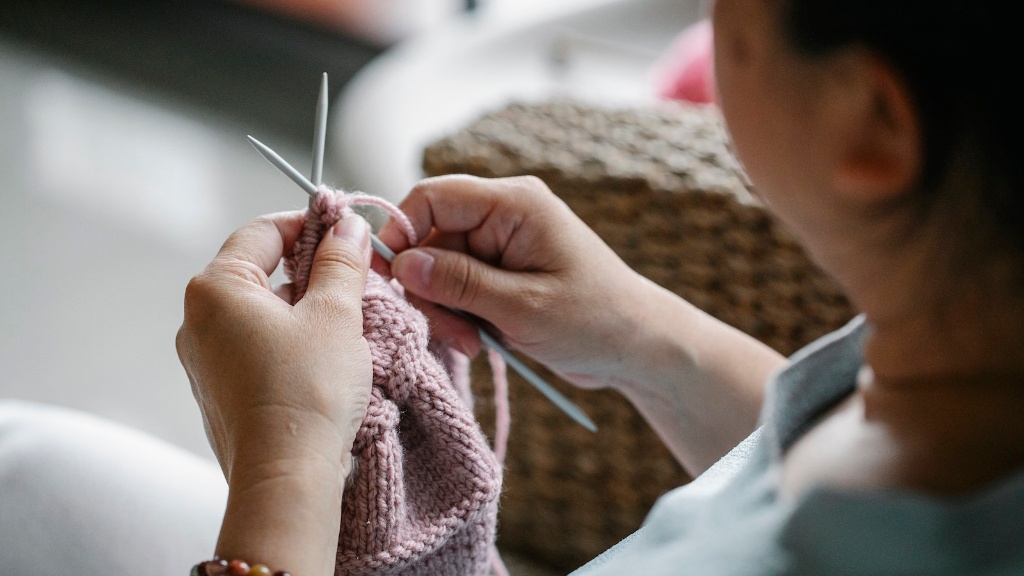Introduction
Embroidery has been around for centuries, with so many different interpretations around the world. Embroidery provides a unique way to decorate or repurpose a variety of materials in a beautiful and creative way. Since the invention of the sewing machine in the 19th century, embroidery has taken off in a whole new direction, allowing for larger, faster and more intricate designs. With a regular sewing machine it is surprisingly easy to learn to embroider, and the results can be quite stunning.
Calibrating Your Sewing Machine
Knowing how to calibrate a sewing machine is an essential part of knowing how to do embroidery on it. It’s important to make sure that the tension of the machine is properly adjusted so that the stitches look neat and regular on the fabric. Many sewing machines also have a free arm that can make it easier to maneuver the fabric as well as making it possible to easily work on smaller or more intricate patterns.
Choosing The Right Thread
When it comes to doing embroidery on a regular sewing machine, there are many different types of thread that can be used. Cotton and polyester thread are most commonly used, and they come in a variety of colors to choose from. Some threads are specifically designed for machine embroidery, so it’s worth doing some research to figure out which type is best for the desired look and feel.
Choosing The Right Needle
Using the wrong needles can create problems while embroidering, so it is important to choose the right one. Generally, needles with an 80/12 size are best for most fabrics. Machines also vary in the type of needles that are suitable for them, so it’s best to do some research for the specific make and model of machine to determine which types of needles will work best.
Choosing The Right Fabric
When it comes to embroidery on a regular sewing machine, it’s best to use a relatively lightweight fabric that isn’t too thick or too thin. Cotton, linen and muslin are all great options that don’t require a lot of extra work to help the machine maneuver them. Another option is to use a material specifically designed for machine embroidery, such as water-soluble stabilizers or interfacing.
Transferring The Design
Designs can be transferred to the fabric with the help of a transfer pencil or other marking tool. Transferring a design is not always necessary and can be skipped, particularly if a design is simple and doesn’t require precise and intricate lines. Iron-on transfers can also be used to transfer a design more quickly and accurately.
Stabilizing The Fabric
It is important to stabilize the fabric while embroidering to keep it from shifting or fraying. There are a variety of products and techniques that can be used to keep the fabric stable, such as water-soluble stabilizers and interfacings. Additionally, using a temporary adhesive spray or pins can be used to hold the fabric in place.
Practice
As with any new skill, it is important to practice embroidery and get comfortable with the process before starting a project. Embroidering on a regular sewing machine requires patience and practice, and it’s worth taking the time to ensure the stitches look clean and tidy. Starting with basic designs and slowly working up to more complex patterns is a great way to get comfortable with the process.
Conclusion
Embroidery is a great way to add a unique, creative touch to a variety of materials. With the help of a regular sewing machine, it is surprisingly easy to learn the basics of embroidery and create beautiful, intricate designs. Making sure to calibrate the machine, use the right thread and needles and practice will help ensure the best results!


